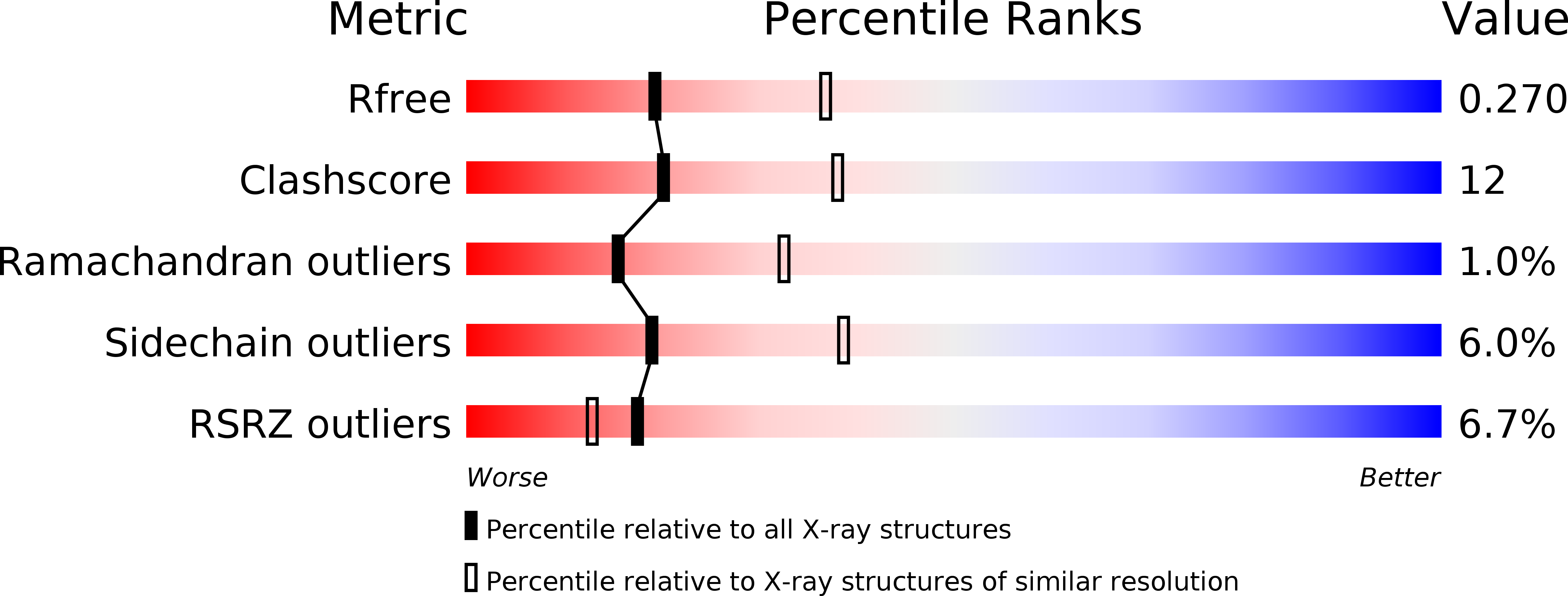
Deposition Date
2018-04-13
Release Date
2018-06-27
Last Version Date
2024-11-06
Entry Detail
PDB ID:
6GBH
Keywords:
Title:
Helicobacter pylori adhesin HopQ type II bound to the N-terminal domain of human CEACAM1
Biological Source:
Source Organism:
Homo sapiens (Taxon ID: 9606)
Helicobacter pylori (Taxon ID: 210)
Helicobacter pylori (Taxon ID: 210)
Host Organism:
Method Details:
Experimental Method:
Resolution:
2.59 Å
R-Value Free:
0.27
R-Value Work:
0.21
R-Value Observed:
0.22
Space Group:
C 2 2 21


